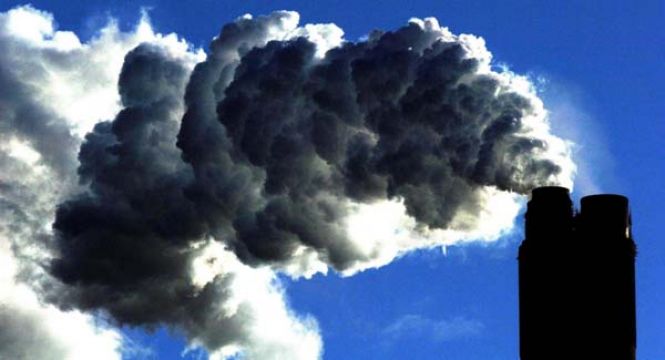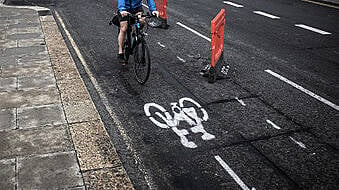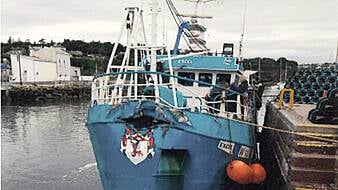The report published by the Irish Wind Energy Association (IWEA) shows that Ireland currently has the highest share of electricity demand met by onshore wind in the world.
It supplied almost 37 per cent of the country's electricity over the first six months of the year. This puts Ireland on track to reach its 2020 target of 40 per cent renewable electricity.
Meanwhile, the Climate Action Plan set a new target of 70 per cent renewable electricity by 2030. This requires an additional 4,000 MW of onshore wind farms over the next ten years, reaching 8,200 MW overall
However, using an analysis tool the IWEA said researchers have concluded that a “business as usual approach” means the best Ireland can hope for is approximately 5,500 MW of onshore wind by the end of the decade, which is well short of the targets.
Ireland is number 1 for onshore wind today, but to continue delivering for 2030 we need nine urgent actions on policy which are described in detail in a new report launched today by @IWEA: https://t.co/2R6tmU2Yes pic.twitter.com/jEnZGvXd7C
— David Connolly (@davconnolly) September 14, 2020
Advertisement
Planning decisions
The IWEA says the report identified the need to strengthen the transmission system as the single most important priority in decarbonising Ireland's energy system.
The report focuses on the planning difficulties that are slowing down the pace of renewable energy development.
Among the recommendations made in the report were: the need for planning decisions to be made faster, particularly timelines for appeals to An Bord Pleanála, which are currently 59 weeks instead of the Board’s own 18 weeks statutory objective as well as enabling developers to apply for planning permission for the wind farm’s cable connection at the same time as they apply for permission for the project itself.
Speaking about the report, Dr David Connolly, chief executive of the Irish Wind Energy Association, said:
“Onshore wind energy is the world’s cheapest source of renewable power. In Ireland, onshore wind has saved more than 30 million tonnes of CO2 while creating thousands of jobs and cutting the wholesale price of electricity.
“We cannot build on this success and achieve Ireland’s 2030 targets with a broken planning system. We have the pipeline to build enough wind farms to provide 70 per cent of our electricity. We know we have the resources, the skills and the expertise to deliver the renewable energy Ireland needs at a good price for the consumer."







